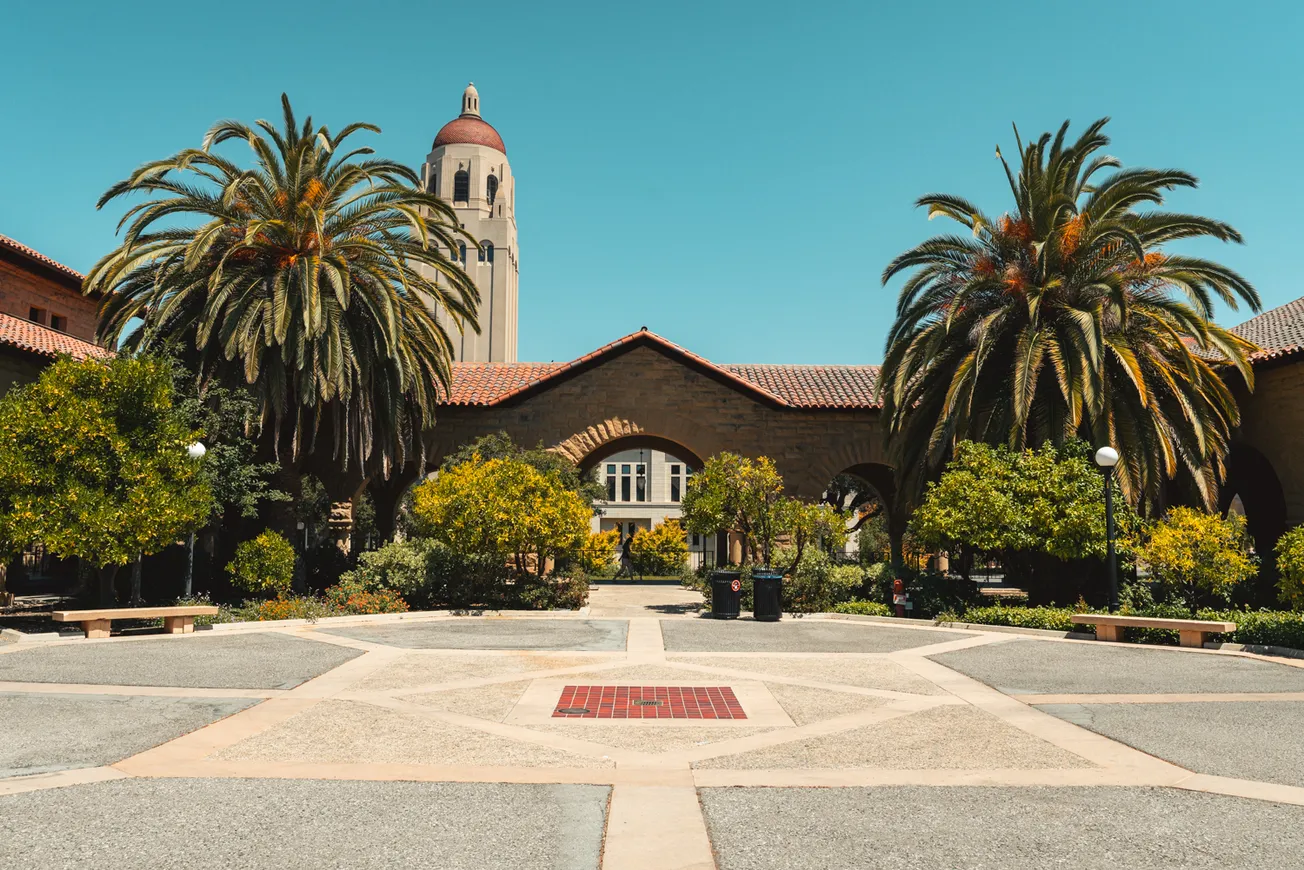Table of Contents
Apologies for the terrible pun. It was just too easy… or should we say “SLEezy.”
SLE (Structured Liberal Education) is one of Stanford’s signature humanities programs, but is also one of the most divisive: students either swear by it or despise it. As three students who have had widely varying experiences with (or without) SLE, we’ve attempted to put together a truly fair assessment of the merits and downfalls of the program.
Why SLE?
Studying the seminal works of world literature and philosophy is an important intellectual experience, regardless of your intended major. Whether or not you decide to be a part of SLE, you should certainly make an effort to engage with the great works during your time at Stanford. Stanford’s SLE program offers the best opportunity to start this journey in your freshman year. By studying the development of great ideas and wrestling with tough philosophical questions, you will gain a novel perspective on human progress that learning how to optimize an Internet ad algorithm cannot provide.
SLE is also a great way to introduce yourself to a variety of Stanford’s best professors, many of whom visit SLE as guest lecturers each week. For example, classics Professor Josh Ober, famous for his work on the Greeks, gives two fantastic annual lectures on Aristotle. The willingness and ability to synthesize knowledge from multiple disciplines differentiates Stanford’s academic culture from many other universities. In SLE, you will be exposed to this culture firsthand, since guest lecturers come from a variety of departments/schools such as Political Science, Classics, History, Philosophy, Law, Environmental Science, Comparative Literature, and more. Since guest lecturers almost always teach other courses outside of SLE, they provide an opportunity to get a glimpse into Stanford’s academic departments.
SLE also provides an opportunity to improve your writing far better than most freshman courses. Students typically write 2-3 papers per quarter. For each paper, you will receive direct attention from a section leader and writing tutors (SLE students from past years), as well as feedback on multiple revisions. If you are willing to put in the effort, you will leave SLE a much more effective and articulate writer than before.
Moreover, don’t believe the stereotype that SLE papers are a long, arduous process: they will certainly force you to clearly express your ideas, but are limited to 3-5 pages, double spaced. This is much shorter than the 10-15 page papers you are expected to write in PWR/ESF classes. Writing short, intensively edited papers will teach you to write more efficiently and construct arguments which emphasize quality over quantity. This is an invaluable skill, particularly if you’re interested in philosophy, law, engineering, or medicine.
One frequent criticism of SLE is that its participants lack the “traditional freshman experience.” To an extent, this is true: the insular nature of SLE makes it more difficult (though far from impossible) to socialize with the broader freshman class. Further, Florence Moore Hall (FloMo) makes it difficult to easily find freshman dorm parties that make up an important part of the freshman social experience. That said, the stereotype that most SLE students are anti-social is far from the truth. In fact, SLE students gain a valuable community within the freshman class, forming a strong sense of camaraderie with their fellow students through a shared love of the Great Books and the SLE experience.
Why Not SLE?
SLE also carries some distinct disadvantages. For one, while SLE does fulfill THINK and PWR, which most students find to be an utter waste of time, it will also take up about half your freshman year course load. SLE hampers the ability to explore during freshman year, or to make progress on some of the more onerous majors. Further, if you want to take SLE because you are a prospective humanities major, you should know that simply by taking courses for your major you will probably fulfill the same WAYs.
Further, even strong humanities students will find that SLE will lower their GPA, as fewer than 10% of students receive a grade above an A-, in contrast to Stanford’s generous grade inflation in most humanities classes.
For students looking to learn more about the “Great Books,” it is important to remember that SLE is merely an introduction to the Western Canon. Even SLE’s most important texts, from Plato’s Republic to the New Testament, only receive one week’s worth of study, much too brief to properly synthesize the material. Fortunately, Stanford’s humanities departments offer a wide array of courses that will enable you to more closely engage with core texts material while also allowing you to learn from the world’s top professors.
Lastly, SLE’s curriculum varies greatly in quality year-to-year (some past SLE syllabi can be found here). Thucydides, Thomas Hobbes's Leviathan, and John Rawls’ Justice as Fairness are shocking omissions from a curriculum that claims to educate students about Western tradition. Mercifully, the Aeneid was recently put back on the curriculum, after a conspicuous absence. As a general note, the inclusion of more radical texts, such as Karl Marx and Franz Fanon, have been known to lead to section discussions in which conservative students feel their voices are not welcome. While we highly encourage prospective SLE students to gain experience in sticking up for their beliefs, be aware that SLE can often be overtly political, and pushback against conservative ideas from one’s fellow students can be quite harsh.
What Could You Take Instead?
Let’s say that you’re interested in a serious introduction to the great works, but SLE seems too onerous. Are there any alternative courses you can pursue instead?
One option is Stanford’s Humanities Core, the smaller, more flexible version of SLE. HumCore classes are only 3 units, and the grading distribution is much more favorable than SLE. You’re also free to skip quarters with books that interest you less or if you have less time in your schedule, and can focus on the civilizations which interest you most, as there are separate tracks for Europe, Asia, and the Near East. To an even greater extent than SLE, the program emphasizes breadth instead of depth, going through a large number of works primarily in excerpt.
At only 3 units, it’s easy to add a course or two to make sure that you’re getting a thorough grounding in the great works. For example, an introduction to Greek Philosophy (PHIL 100) is always handy, or perhaps a survey course of the great works of political theory, such as Modern Political Thought: Machiavelli to Marx and Mill (POLISCI 131L) or History of Political Philosophy (PHIL 121).
Of course, unlike SLE, these courses don’t fulfill THINK and PWR1, although, conveniently, the third quarter of Humanities Core now satisfies PWR2. Since the program isn’t very intense, you won’t end your freshman year with the same deep knowledge of great works, or the same polished writing skills. On a social level, you’ll also miss the residential aspects of SLE.
The amazing flexibility of Stanford’s undergraduate experience is one of the best aspects of studying at this University. We are lucky to have a variety of ways to pursue a thorough grounding in the most important works of human civilization. SLE is a great program for students looking for a humanities-centered community. However, for those who don’t want to commit much of their freshman year to a single “course” or who want to enjoy the traditional freshman year social scene, there are other, more self-directed methods to improve your writing skills and knowledge of the great books.









